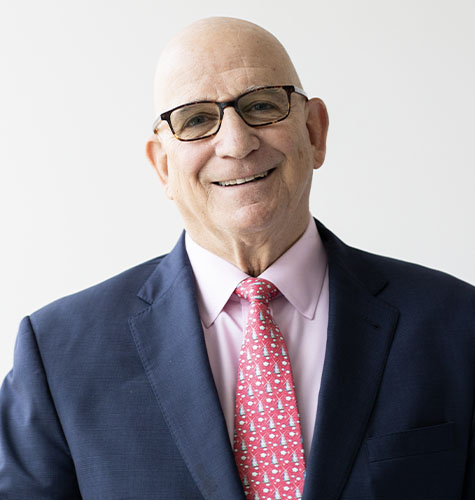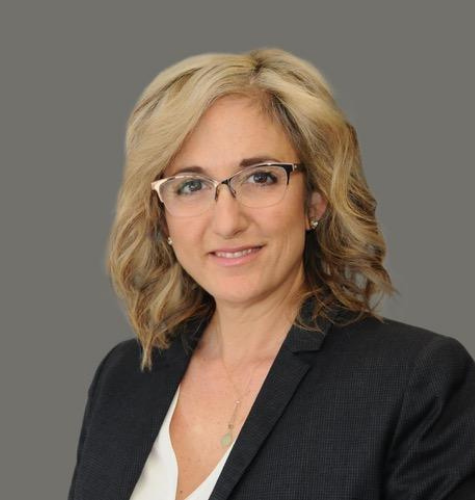As a contractor, you might conduct work on both public projects and private projects. You receive a contract from the utility to conduct work at a site which you believe to be owned by the utility. Then – what happens? You proceed to work on the contract. Ultimately, the utility stops payment. You’re either still working on the project (without being paid) as required by your contract or you finished working on the contract within the last few months.What do you do? Do you attempt to file a breach of contract suit against the utility for non-payment? Or is there another option?
In fact, there is another option – to file a lien against the project. Before you file the lien, you must ascertain who the actual owner of the project is and the nature of the project, i.e., are you a direct contractor for the owner utility or is the utility conducting work on behalf of a public entity?
If you’re conducting work for Con Ed at a Con Ed-owned project, then you’re in luck! You can file a mechanic’s lien with the County Clerk directly against the real property where the project is located. If Con Ed is the actual owner of the real property, then you would file the mechanic’s lien directly with the County Clerk.
If your underlying contract is a contract for a private improvement, then the project would not qualify as a public improvement under Lien Law 12 since Con Ed neither qualifies as the “state” or a “public corporation” for the purposes of the statute, per the Bergassi holding.1
In fact, the Bergassi holding is instructive as to the type of lien that could be filed. The filing of a mechanic’s lien for public improvement on a Con Ed project (or other utility project) would only be appropriate if the utility with which you contracted itself contracted with either the state or a public corporation to perform the work in question. In particular, Courts have held that when the property at issue is owned by a private utility such as Con Ed (which may be deemed a “public service corporation” even though it is privately owned), a private mechanic’s lien would be filed, not a public improvement lien.2
However, what if the property where the project is located is owned by a public corporation, i.e, the State or a subdivision thereof, in fee with the plant where the work being performed is either owned by the utility or leased from the State? In that case, if the contract is ultimately a private contract to perform work solely for the private utility, you would file a lien against the leasehold interest. The filing of a public improvement lien would be wholly inappropriate if the utility is the sole party to request the performance of work and owns the premises.
A public improvement lien is only appropriate where the work is ultimately being performed for a public corporation, e.g., if your company, as a contractor, is performing work for Con Ed or National Grid, who in turn, is performing work for New York City or New York State.
Do I need to file a Notice of Claim?
Another question that may be raised is whether you would need to file a Notice of Claim against the utility for work performed.
The answer is no. Although privately-owned utilities such as Con Ed have been referred to at times as a “quasi-public” entity, these entities do not generally qualify as any of the categories requiring the service of a formal statutory notice of claim under the General Municipal Law or otherwise under statute. The statutory notice of claim, which is a strict condition precedent that must be met prior to the filing of a lawsuit against a municipality, would be in addition to any contractual provisions requiring a contractor to submit claims.
There are various categories of public corporations under General Construction Law 66. However, a privately-owned utility such as Con Ed or PSEG (with shareholders and dividends payable to the private shareholders) does not fit any of these categories under New York law.3 Quite simply, all of these categories for a statutory notice of claim require that a company either be the “state” or a “public corporation”.
Entities which do not qualify as public corporations under General Construction Law 66 are not subject to the statutory notice of claim requirements.4 Thus, even corporations which seem like a public corporation may not actually be a one as a matter of law.
Under General Construction Law 66, the following three types of corporations qualify as public corporations:
- a municipal corporation, defined as a county, city, town, village, and school district.
- a district corporation, defined as a territorial division of the State which can assess taxes.
- a public benefit corporation, defined as a corporation organized to construct or operate a public improvement wholly or partly within the state, the profits from which inure to the benefit of this or other states, or to the people thereof.
Clearly, a private utility does not fit within the first two categories. Thus, the only category which could even potentially be applicable to such a utility is the public benefit corporation. However, per these General Construction Law 66 definitions, in order to be a public corporation, its benefits must flow to “this or another state, or the people thereof”.5 Where the benefits of a corporation do not flow to the State or to the people of the State, it generally cannot be considered a public benefit corporation. Thus, a corporation which does not qualify as a public benefit corporation is not subject to the statutory notice of claim requirements.
General Municipal Law 50-e requires a notice of claim for all tort claims against a public corporation. However, generally contract-related claims either fall under a local ordinance/regulation, e.g., New York City Administrative Code 7-201 requirement that notice of claim be filed for all claims against New York City, or fall under the provisions of the Town Law, Public Authorities Law, or Education Law requiring that notice of claim be given for contract-related claims and not just tort claims.
Without a specific statute or ordinance mandating the service of a notice of claim for a contract claim against a municipality or other municipal corporation, a notice of claim would not be required for such a contract claim (particularly for a public benefit corporation).
Even a quasi-public corporation (which is defined as a private corporation that owes a duty to the public and may also be known as a “public service corporation”) does not qualify as a public corporation within the meaning of the General Construction Law. Thus, it is not subject to any of the notice of claim requirements under the General Municipal Law or otherwise.
Since privately-owned utilities such as Con Ed and PSEG are private corporations owned by shareholders with benefits that do not flow to the State or to the people of the State, these corporations do not fit within the ambit of a public benefit corporation for purposes of statutory notices of claim. A “quasi-public” corporation with stockholders who receive the benefits of the corporation does not qualify as a “public benefit corporation” for purposes of New York law and notices of claim.
Therefore, no statutory notice of claim is required for a claim against a privately-owned utility, although a contractual notice of claim may be required pursuant to the terms and conditions of the governing contract, as these contractual notice provisions are read literally and are strongly favored under New York law.
New York courts have repeatedly held that the failure to strictly comply with a construction contract’s notice-of-claim requirements for extra work, disputed work, or delay damages may be deemed a waiver of such claims.6
Therefore, even if you have conducted work for a private utility and are not required to file a statutory notice of claim, you must remain mindful of the contractual notice of claim provisions and strictly comply therewith to avoid waiving such claims.
If you are uncertain whether you are able to file a lien or need to file a notice of claim in a construction-related dispute, contact Goetz Fitzpatrick’s construction law experts today.
1 Bergassi Group LLC v. Consolidated Edison Co. of New York, Inc., 2013 NY Slip Op 30398(U)(Sup. Ct. Westchester Co. 2013)Index No 56860/2012 (Sup. Ct. Westchester Co. 2013
2 BBH Solutions, Inc. v. S. Digiacomo & Son Inc., No. 650131/2013, 2013 WL 6506811, at *1 (N.Y. Sup. Ct. Dec. 10, 2013) (allowing private mechanic’s lien foreclosure action to proceed); Van Name v. Marcus Substructure Corp., 53 A.D.2d 607, 607, 384 N.Y.S.2d 14, 15 (2d Dep’t 1976 )(contractor entitled to recovery on a mechanic’s lien against real property owned by Con Ed).
3 Bergassi Group LLC v. Consolidated Edison Co. of New York, Inc., 2013 NY Slip Op 30398(U)(Sup. Ct. Westchester Co. 2013).
4 Laroc v. City of New York, 2014 WL 10296926 (Sup. Ct. Kings Co. 2014)(holding New York City Economic Development Corporation did not qualify as a “public corporation” for purposes of a notice of claim).
5 Seneca Nation Housing Authority v. Flynn Battaglia Architects, P.C., 167 Misc.2d 1040 (Sup. Ct. Erie Co. 1996).
6 Promo-Pro Ltd. v Lehrer McGovern Bovis, Inc., 306 AD2d 221, 222 (1st Dept 2003); F. Garofalo Elec. Co. v New York Univ., 270 AD2d 76, 80 (1st Dept 2000).
Goetz Fitzpatrick LLP has been offering clients insightful solutions throughout the New York Metropolitan area since 1967. The firm provides its clients with expertise in the areas of Construction and Real Estate, Trusts & Estates Administration & Litigation, Commercial Litigation, Corporate, Bankruptcy, and Labor & Employment. The firm’s office is located at One Penn Plaza, Suite 3100, New York, NY 10119, Telephone 212 695 8100, [email protected], www.goetzfitz.com. You can learn more about Goetz Fitzpatrick on: LinkedIn | X (Twitter) | Soundcloud | YouTube | Facebook | Instagram









